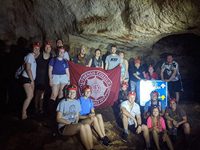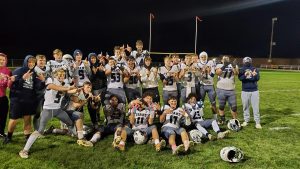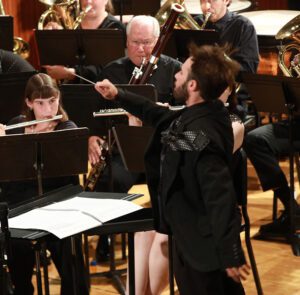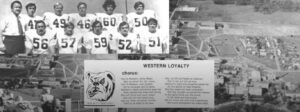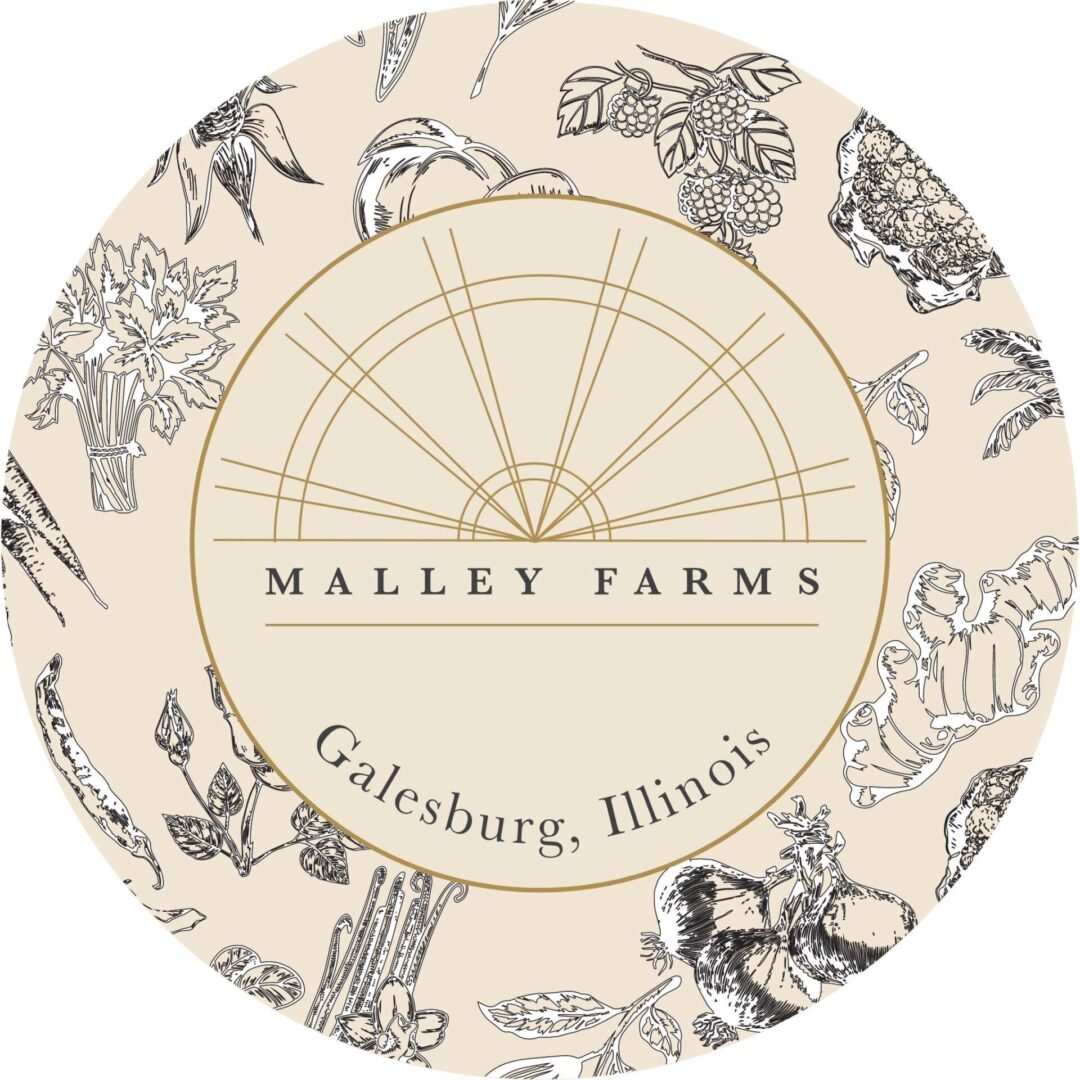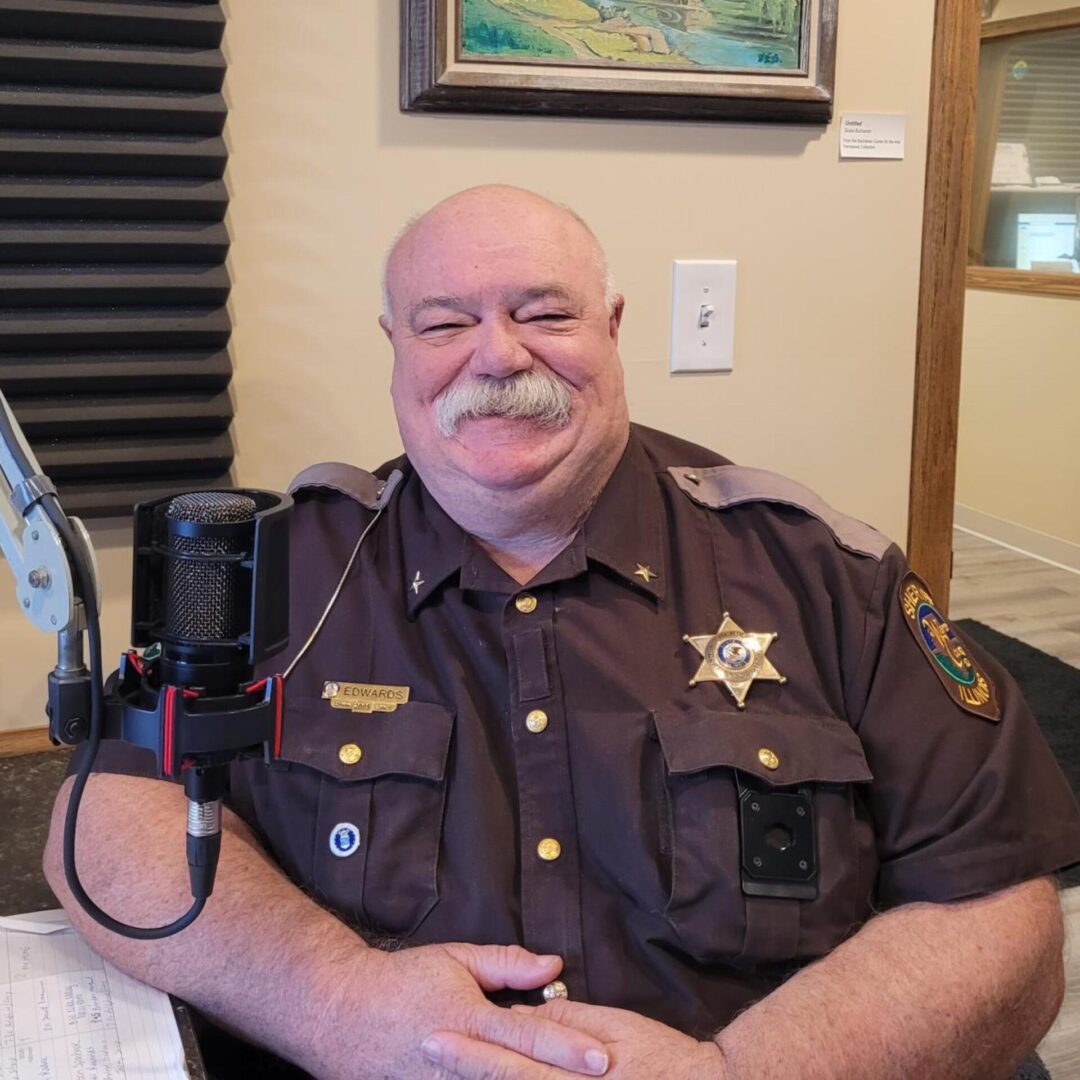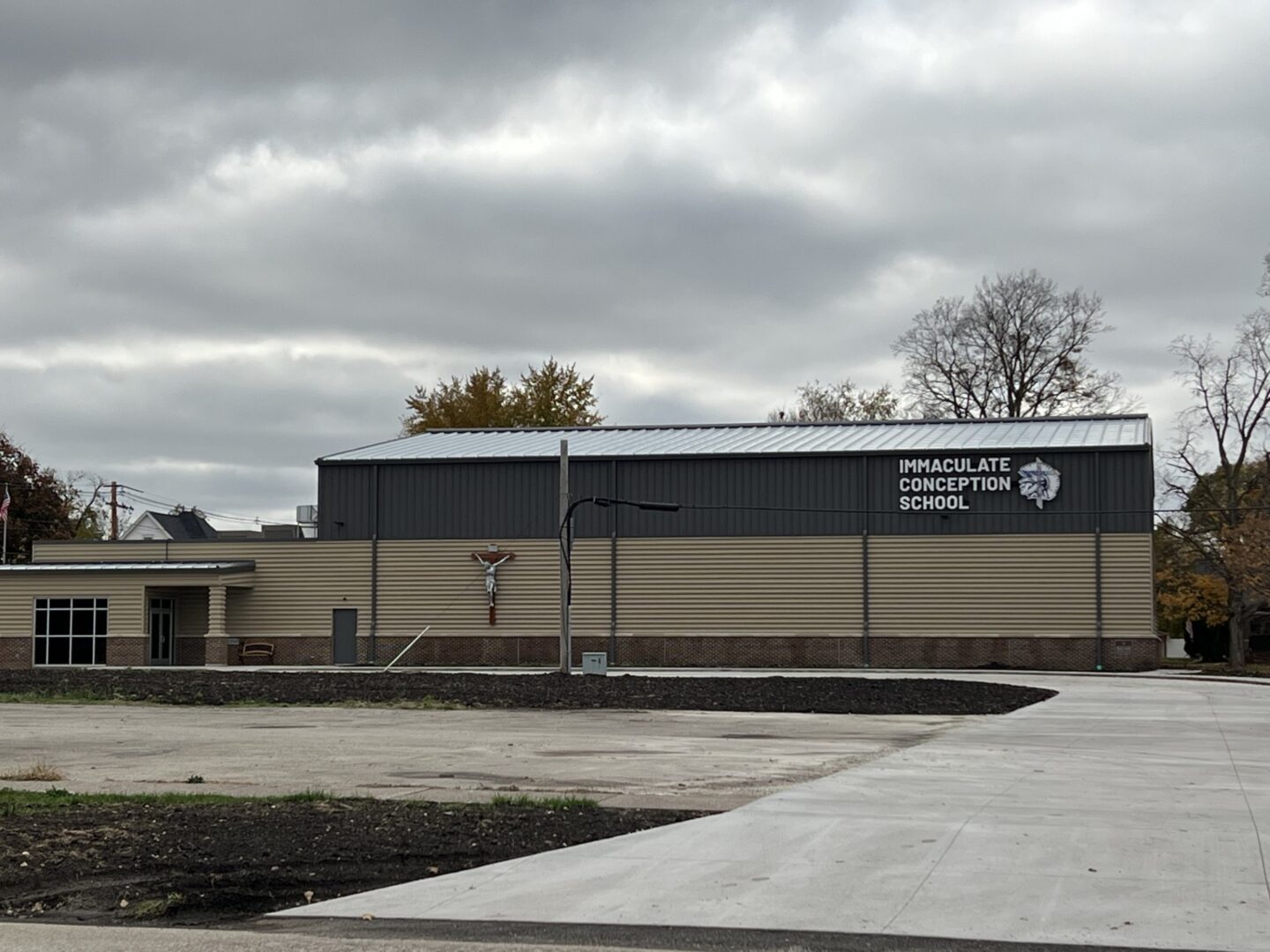News from Monmouth College
For more information contact: Duane Bonifer, dbonifer@monmouthcollege.edu
MONMOUTH, IL.- In one respect, Monmouth College biology professor James Godde saved the best for last for the 27 students who accompanied him and two other faculty members on a two-week study-abroad trip in January to the Central American countries of Belize and Guatemala.
“My favorite part of the trip was staying in Caye Caulker,” said Madelyn Bird ’21 of Knoxville, Ill. “The island was absolutely gorgeous and it reminded me a lot of Monmouth because everyone seemed to know everyone else. We got to go snorkeling when we were there, which is always amazing, and we had the night to explore the town. I honestly can’t wait to go back.”
Godde said the beautiful island was a “reward” to the students, who started out the trip in the much harsher conditions at Monkey Bay Wildlife Sanctuary, an environmental education, research center and travel lodge near Belize City.
“We started out a little rough, and then our accommodations moved up as the trip went along,” said Godde, who was accompanied by faculty members Bob Simmons and Michelle Holschuh Simmons and their four sons.
Two groups of students were served on the trip. Two-thirds had taken Godde’s half-semester Reflections course in the fall, while the others were biology students interested in exploring what the Central American countries had to offer.
“It was a pretty large group, and we had to figure some things out on the fly,” said Godde, “but I just couldn’t say ‘no’ to the students who wanted to go.”
At Caye Caulker, Godde said the group saw sea turtles, nurse sharks, rays and dolphins while exploring what they were told was the second-largest barrier reef in the world.
Bird vouched for the “rough” start at Monkey Bay.
“I knew that we would be camping, but I guess I wasn’t fully aware what that would entail,” she said. “I realized just how lucky we were to live in the United States,” where things she took for granted, such as a Wi-Fi connection and hot water, were scarce or non-existent.
That difference in culture was also recognized by Makenna Rapien ’20 of Trenton, Ill.
“I was engulfed by a whole new world where malaria was prevalent, water wasn’t drinkable and toilet paper couldn’t be flushed,” she said. “But also, a world where family was priority, nature was protected and history was stored. This trip opened my eyes to the world around me in so many ways.”
During the group’s four-night stay at Monkey Bay, the students did lots of hiking, swam in sinkholes and under waterfalls, visited national parks and checked out Mayan ruins.
“My second big learning experience was while I was at the top of the main temple at Caracol,” said Bird. “Looking around I realized just how long it took for the Mayans to create a temple this big. Everything had to be done by hand, and it would’ve required years of dedication to get it done. It made me think a lot about the permanence of our actions while we’re alive. It made me realize how much I needed to think about my actions, because one day someone will probably look at the things I did and I don’t want them to see a privileged white girl. I would much rather them see a woman who is dedicated to constantly bettering herself.”
In Guatemala, the group visited Tikal, one of the most famous Mayan sites. The trip included three nights in Guatemala, including two at a hostel in Flores, as well as three nights in the Belize border city of San Ignacio.
“They were having a festival in Flores, so there was lots of music and dancing,” said Godde. “It was a very festive atmosphere.”
Godde already has his next trip envisioned, as he plans to make his first visit to El Salvador during the first weeks of 2021.


